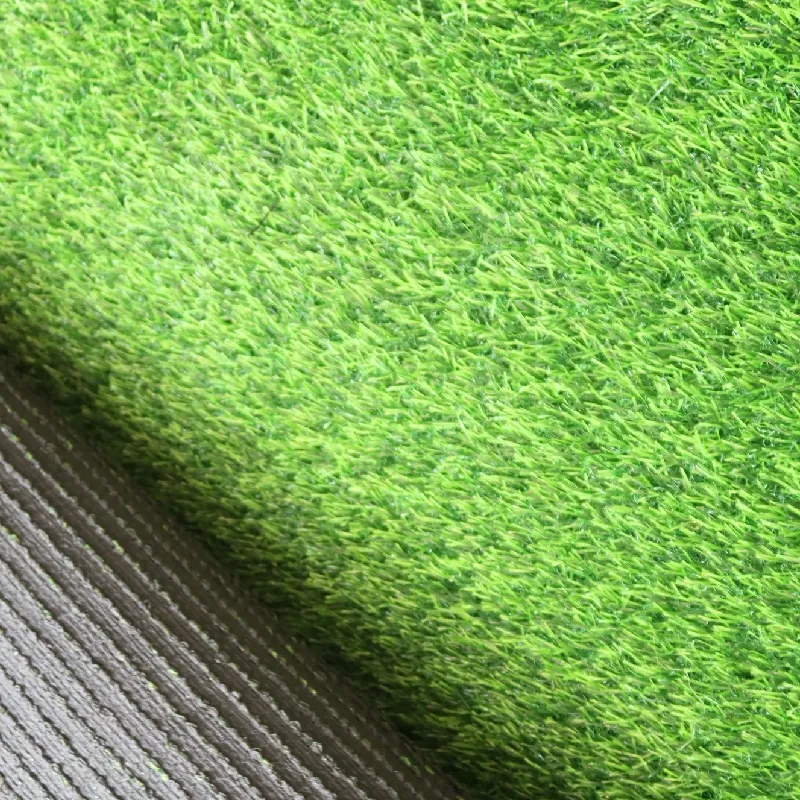
- Afrikaans
- Arabic
- Belarusian
- Bengali
- Czech
- Danish
- Dutch
- English
- Esperanto
- Estonian
- Finnish
- French
- German
- Greek
- Hindi
- Hungarian
- Icelandic
- Indonesian
- irish
- Italian
- Japanese
- kazakh
- Rwandese
- Korean
- Kyrgyz
- Lao
- Latin
- Latvian
- Malay
- Mongolian
- Myanmar
- Norwegian
- Persian
- Polish
- Portuguese
- Romanian
- Russian
- Serbian
- Spanish
- Swedish
- Tagalog
- Tajik
- Thai
- Turkish
- Turkmen
- Ukrainian
- Urdu
- Uighur
- Uzbek
- Vietnamese
artificial soccer turf
Nov . 14, 2024 12:12 Back to list
The Rise of Artificial Soccer Turf Revolutionizing the Game
In recent years, artificial soccer turf has seen a surge in popularity across the globe. Traditionally, soccer has been played on natural grass fields, but the advent of synthetic surfaces has transformed how the sport is played, maintained, and enjoyed. This article delves into the benefits and challenges of artificial soccer turf, its impact on the game, and its growing acceptance among players, coaches, and fans.
Advantages of Artificial Turf
One of the primary benefits of artificial soccer turf is its durability. Natural grass fields can become worn out and muddy, especially during periods of heavy use or inclement weather. In contrast, synthetic turf can withstand greater foot traffic and diverse weather conditions without losing its integrity. This resilience allows for year-round play, making it especially attractive for clubs and schools that need to maximize their field usage.
Moreover, artificial turf provides a consistent playing surface. Players often complain about uneven natural grass fields that can affect ball control and gameplay. Artificial soccer turf offers a uniform surface that ensures predictable ball behavior, which is crucial for developing skills and tactics. This consistency can be particularly beneficial for training sessions where accurate simulations of game conditions are necessary.
Another significant advantage of artificial turf is the reduced maintenance it requires. Unlike natural grass, which demands regular watering, mowing, and fertilizing, artificial surfaces require significantly less upkeep. This is particularly appealing to clubs with limited budgets or those in regions where water conservation is a pressing issue. By minimizing maintenance costs and labor, facilities can allocate resources towards other aspects of the sport, including player development and community outreach.
Health and Safety Considerations
artificial soccer turf

While artificial turf offers numerous advantages, some health and safety concerns have been raised. For instance, the composition of the turf and the infill materials used can have implications for player safety. There have been debates surrounding the potential for increased injuries, such as ankle sprains and concussions, primarily due to the hardness of the surface compared to natural grass. However, advancements in turf technology have led to the development of softer and safer materials designed to reduce injury risks.
Another issue is the heat generated by synthetic surfaces, particularly in warmer climates. Artificial soccer turf can absorb and retain heat, resulting in higher surface temperatures compared to grass. This raises concerns about player overheating during practice and matches. To mitigate this risk, facilities are increasingly incorporating cooling technologies, or opting for lighter-colored synthetic materials that reflect heat more effectively.
The Future of Soccer with Artificial Turf
As technology continues to evolve, it is likely that artificial soccer turf will become even more advanced. Innovations in materials and design may lead to surfaces that not only mimic the feel of natural grass but also provide enhanced safety features and reduced environmental impact. Additionally, the acceptance of artificial turf is growing among professional leagues and organizations, leading to its integration in stadiums and training facilities.
Moreover, charity organizations and community initiatives are increasingly opting for artificial fields, recognizing their potential to improve access to quality playing surfaces for youth soccer programs. This trend not only fosters community engagement but also provides crucial opportunities for skill development and interest in the sport.
Conclusion
Artificial soccer turf is undeniably revolutionizing the way the beautiful game is played. With its many advantages, including durability, lower maintenance costs, and consistent playability, synthetic surfaces are becoming a staple in soccer facilities around the world. While challenges related to health and safety remain, ongoing advancements in turf technology promise to enhance player experiences and mitigate risks. As artificial turf continues to evolve, it will play a key role in shaping the future of soccer and ensuring that the sport remains accessible and enjoyable for generations to come.
-
The Benefits of Artificial Turf for Indoors
NewsJul.15,2025
-
How Artificial Grass Suppliers Ensure Quality Products
NewsJul.15,2025
-
Artificial Grass and Pets: A Space for Relaxation
NewsJul.08,2025
-
Balcony & Outdoor Decoration with Artificial Grass
NewsJul.08,2025
-
Best Indoor Artificial Grass for Home
NewsJul.07,2025
-
Best Pet Turf for Dogs: Safe & Durable Artificial Grass Options
NewsJul.07,2025
Products categories









